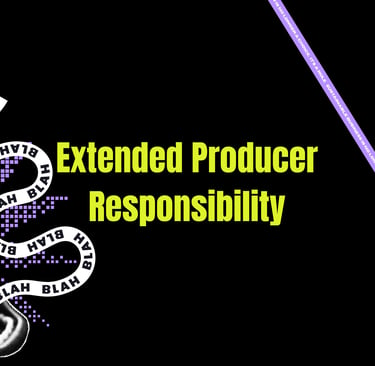EU Textile EPR: Who Pays and How Much
Learn how Europe’s new textile EPR rules shift waste costs to fashion brands, what producers pay, and how small businesses can prepare.
10/18/20255 min read


Who Pays for Textile Waste Under the EU’s New Rules and How Much?
The European Union is changing how textile waste is handled. For years, the costs of collecting, sorting, and recycling clothing have fallen on municipalities and taxpayers. That’s about to end.
From 2025 onward, those costs will shift to the brands, importers, and retailers that place textiles on the market.
This principle has a name: Extended Producer Responsibility (EPR).
And it’s one of the biggest financial and structural changes Europe’s fashion industry has ever seen.
What EPR Means for Textiles
Under the revised Waste Framework Directive, all EU Member States must introduce EPR schemes for textiles within 30 months of the law’s entry into force.
That means national programs will start appearing between 2026 and 2028, depending on how quickly countries transpose the law.
In practical terms, EPR means whoever sells clothing or textile products in the EU pays for what happens to them at the end of life.
The definition of “producer” is wide:
Brands and manufacturers based in the EU.
Importers and distributors bringing textiles into the EU.
Online platforms or sellers offering textiles directly to EU consumers.
There are no exemptions for SME's or micro brands, only the timeline has been extended until 2029.
What Products Are Covered
The law covers all textile products made available on the market, not just clothing. That includes footwear, accessories, household textiles, and other fabric-based goods.
There’s one simple test:
If the item can become textile waste at some point, it’s covered.
Who Pays and How It Works
Producers will finance the collection, sorting, reuse, and recycling of post-consumer textiles through annual fees.
Those fees go into national EPR funds, managed by Producer Responsibility Organisations (PROs) or similar entities.
Each Member State will decide whether producers register individually or join collective schemes.
But in every case, the cost follows the "polluter pays” principle.
How Much It Cost
So far, the Commission’s analysis estimates that average treatment costs are around €0.12 per garment, covering collection, sorting, and basic recycling.
Actual fees will vary. Countries like France, which already operate textile EPR systems, use eco-modulated fees, meaning the more circular your product is, the less you pay.
A fast-fashion polyester t-shirt might pay the full fee, while a durable cotton shirt designed for repair and recycling could pay less.
The new EU law follows that logic. It requires all Member States to modulate fees based on environmental performance.
Lower fees will reward:
Long-lasting, repairable products.
High shares of recycled or renewable materials.
Support for reuse networks and repair programs.
Higher fees will apply to:
Short-lived, low-quality products.
Difficult-to-recycle blends or coated textiles.
Producers with poor data transparency.
This creates a direct link between product design and cost. The less circular your product is, the more expensive it becomes to place it on the market.
What EPR Fees Cover
Producer payments will fund several areas:
Separate collection and transport of used textiles.
Sorting facilities and reuse preparation.
Recycling technology and capacity building.
Data collection and reporting systems.
Research and innovation for new circular materials.
Awareness campaigns to encourage reuse and repair.
Each country will design its own structure, but the European Commission requires that all funds stay within the textile system, they cannot be absorbed into general waste budgets.
When It Starts
The law came into force in 2025, and Member States now have 20 months to transpose it and 30 months to implement national schemes.
This means that by 2028, every brand selling in the EU will likely be paying textile EPR fees in at least one country.
Some Examples
Some Member States already run EPR systems for textiles, offering a preview of what’s coming.
France introduced its program in 2007, operated by Refashion. Producers pay eco-modulated fees based on material and recyclability. Fees range from around €0.01 to €0.07 per item for clothing, depending on design and fabric type.
Sweden adopted similar rules in 2022, requiring producers to register and fund waste handling from 2025.
The Netherlands and Denmark are preparing similar systems aligned with the EU directive.
These early national models are shaping how the EU’s harmonised version will look, but the upcoming delegated acts will ensure all Member States follow common minimum standards.
What This Means for You
For large retailers, EPR is another compliance item. For small and medium-sized fashion businesses, it’s a structural cost that needs planning.
The good news: the system rewards circular design. The better your products perform environmentally, the less you pay.
That means the smartest move for SMEs is to connect product development and finance early, before fees kick in.
Start by answering simple questions:
Can we extend product lifetimes through better materials or design?
Do we have data on fibre content, recyclability, or repairability?
Can we work with local repair or reuse networks to improve our circular profile?
The eco-modulation principle makes these questions financially relevant, not just ethical.
How EPR Links to Other EU Rules
The textile EPR scheme doesn’t stand alone. It connects directly with the EU’s broader circular economy package.
The Ecodesign for Sustainable Products Regulation (ESPR) links product design to waste prevention. EPR fees will likely reference Ecodesign performance data.
The Digital Product Passport (DPP) will supply material and repair data that feed into EPR fee calculations.
The Right to Repair Directive strengthens the reuse and repair services that EPR funds are meant to support.
Together, they form a closed system: design better → document it → pay less → enable circularity.
What the EU Says About the Broader Goal
The European Commission has been clear that EPR for textiles is not just about funding waste management, but about changing how products are designed and sold.
In its 2023 press release announcing the measure, the Commission stated:
The Commission is proposing rules to make producers responsible for the full lifecycle of textile products and to support the sustainable management of textile waste across the EU. This initiative will accelerate the development of the separate collection, sorting, reuse and recycling sector for textiles in the EU.”
The Commission also noted that EPR will provide a stable income stream to support social enterprises and reuse operators, many of which handle used clothing collection today.
Why Acting Early Matters
Once fees are active, data transparency will be everything. Producers must report annually on quantities placed on the market, materials used, and actions taken to support reuse or recycling.
Brands that already collect this data, through supplier mapping, material tracking, or Digital Product Passport preparation, will move faster.
The transition can feel heavy, but the direction is clear:
Waste will cost money.
Circularity will save money.
Transparency will pay off.
We help SMEs prepare by mapping what they sell, where they sell it, and what data they’ll need to prove performance once EPR reporting starts.
The sooner that structure exists, the easier compliance becomes, and the more predictable the costs will be.
Looking Ahead
Textile EPR is one of the final pieces of Europe’s circular fashion system. It links production, consumption, and waste management through clear financial responsibility.
By 2028, paying for textile waste will be as normal as paying VAT. But unlike taxes, EPR rewards improvement.
Design better, prove it, and you pay less.
That’s the direction Europe is heading, and for the first time, policy and product design are finally speaking the same language.
